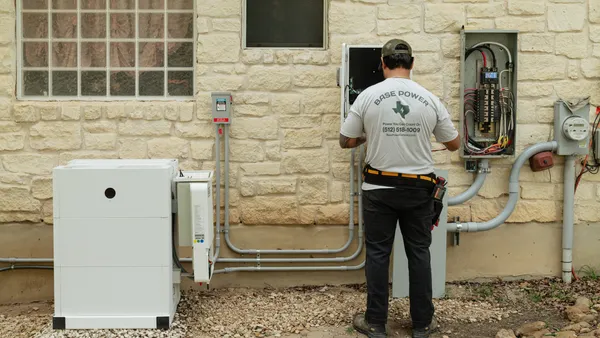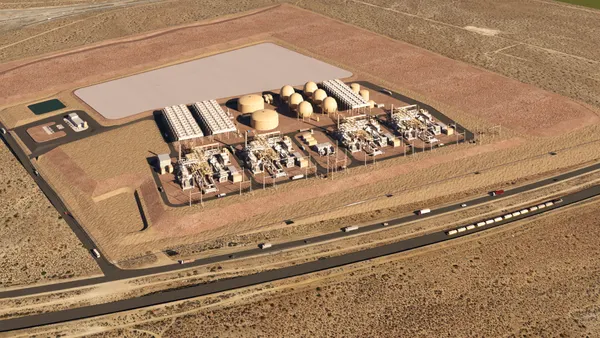Dive Brief:
- Alaska's Chugach Electric Association has selected ABB to develop a microgrid, combining flywheel and battery storage systems in order to boost reliability in the utility's Anchorage-area service territory.
- The project aims to integrate more renewables from a 17 MW wind farm on Fire Island, off the coast of Anchorage.
- It is not the first time Chugach has turned to hybrid models. In 2015 the electric cooperative selected Massachusetts-based Beacon Energy to supply flywheels for a hybrid energy storage project tied to an existing conventional electrochemical battery.
Dive Insight:
Alaska power customers have typically faced high electric bills, the result of tenuously-connected remote communities and the high cost to serve them. Chugach's Anchorage-area project could have implications for more distant villages, but in the meantime, it will be used to test scalability and improve power stability for roughly 300,000 people.
Massimo Danieli, managing director of grid automation at ABB, called Chugach a "visionary utility." The company will use a modular, container-housed microgrid solution to blend flywheel and battery storage. ABB said the flywheel will facilitate the integration of fluctuating wind power and the battery will be used for long-term storage. The battery has a capacity of 500 kWh, with a maximum performance of 2 MW.
“Integration of renewables is a key element of the energy revolution," Danieli said. The storage will integrate wind power from Fire Island, located about 2.5 miles off the coast of Anchorage.
Chugach Senior Vice President Paul Risse said the project demonstrates how storage technology can boost renewable energy penetration in Alaska, and could have "far reaching implications for new renewable projects on the Railbelt as well as in smaller Alaskan communities."
In some smaller, rural communities where temperatures dip to extreme lows, about 20% of citizens are spending half of their disposable income on energy, primarily electricity and heat. Reducing consumption and the cost of energy is a large issue for Alaska, where remote communities often pay several times the average electricity price of consumers in more connected areas.
In 2015, the U.S. Department of Energy launched the remote Alaskan Communities Energy Efficiency competition , seeking solicitations to advance the use of reliable, affordable, clean-energy and energy-efficient solutions that can be replicated throughout the state and potentially in other Arctic regions.













